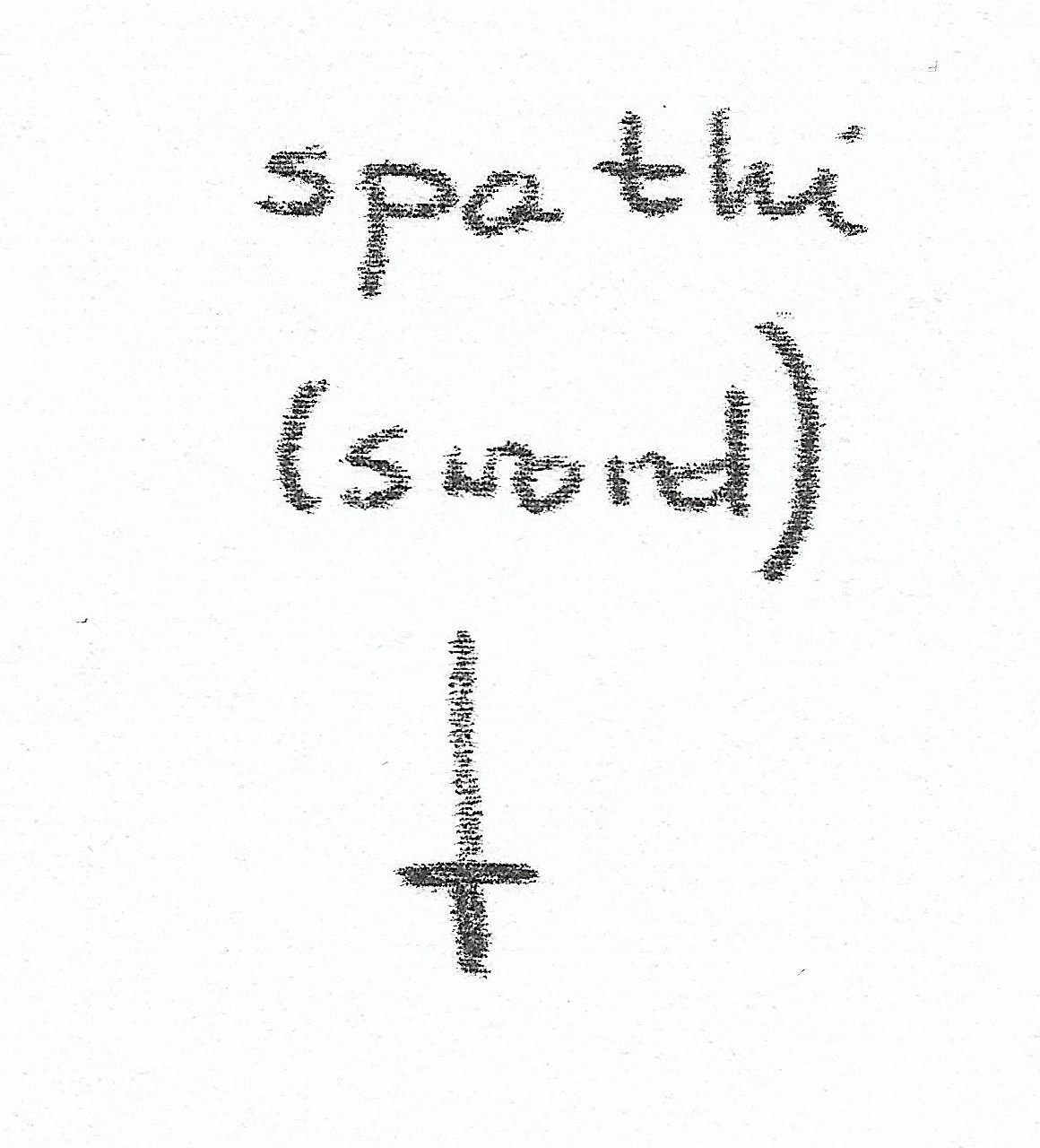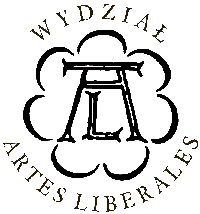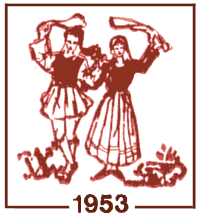| Testimony of: | sword |
| Source | Μαργαρίτη 1987, 124 |
| Original text | Χορευόταν από δύο άντρες αντικρυστά. Κρατούσαν μεγάλα σπαθιά και πότε χτυπούσαν το σπαθί στο έδαφος, πότε μεταξύ τους, πότε το πέρναγαν κάτω από τα πόδια τους, πότε το ακούμπαγαν στον ώμο τους. Πολλές φορές τοποθετούσαν και ένα μαχαίρι στο στόμα σε ένδειξη ανδρισμού. Ο ρυθμός είναι 9/8 και χωρίζεται τυπικά σε τρία μέρη: βαρύ, λίγο πιο γρήγορο Ζεϊμπέκικο, ζωηρό. Αλλη πληροφορία λέει ότι ήταν επηρεασμένος ή αυτούσιος από τους Ζεϊμπέκηδες. |
| English translation | It was danced by two men standing opposite each other. They both held big swords and were hitting them either against the earth, or against each other, sometimes moving them under their feet, sometimes putting them on their shoulders. Often, they would put a knife in their mouths to show off their manliness. The rhythm is 9/8, usually divided into three parts: heavy Zeibekiko, a slightly faster Zeibekiko, and a lively one. Other information source says that it was influenced by or inherited from the Zeybeks. |
| Region of occurence | Farasa, Kappadokia |
| Function | |
| Comment | |
| Symbol in Kinetography score |
|


